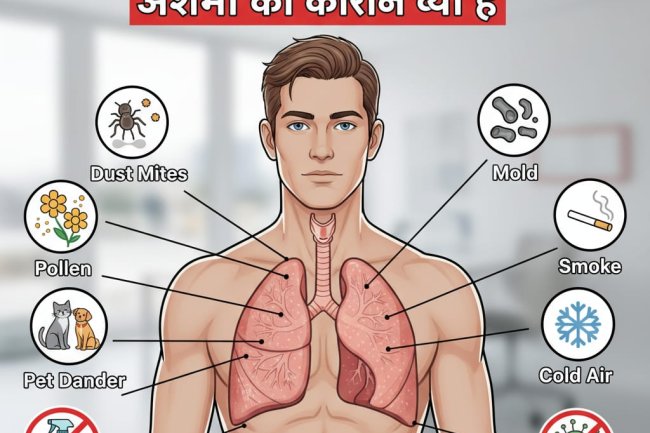Stages of cancer
Here is a clear and simple explanation of the Stages of Cancer, commonly used in medical diagnosis:

Stages of Cancer (Explained Clearly)
Cancer stages describe how far the cancer has grown or spread in the body.
Most cancers are staged using the numbers 0 to IV (0–4).
Stage 0 – Carcinoma in Situ (CIS)
-
Cancer is only in the layer of cells where it started.
-
It has not invaded deeper tissues.
-
Often highly treatable.
Stage I – Early-Stage Cancer
-
Tumor is small.
-
Cancer is still localized (has not spread to lymph nodes).
-
High chance of successful treatment.
Stage II – Localized but Larger
-
Tumor is larger than in stage I.
-
May have grown into nearby tissues.
-
Usually has not spread to lymph nodes (or only a few).
Stage III – Regional Spread
-
Tumor may be large.
-
Cancer has spread to nearby lymph nodes or tissues.
-
More advanced but still potentially treatable.
Stage IV – Metastatic Cancer
-
Cancer has spread to distant organs (lungs, liver, bones, brain, etc.).
-
Most advanced stage.
-
Treatment focuses on control and improving quality of life.
TNM System (How Doctors Determine the Stage)
Doctors often use the TNM system to define cancer stage:
-
T (Tumor) – Size and extent of the main tumor
-
N (Nodes) – Whether cancer has spread to lymph nodes
-
M (Metastasis) – Whether cancer has spread to distant organs
This data is combined to determine the final stage (0–IV).
What's Your Reaction?





















